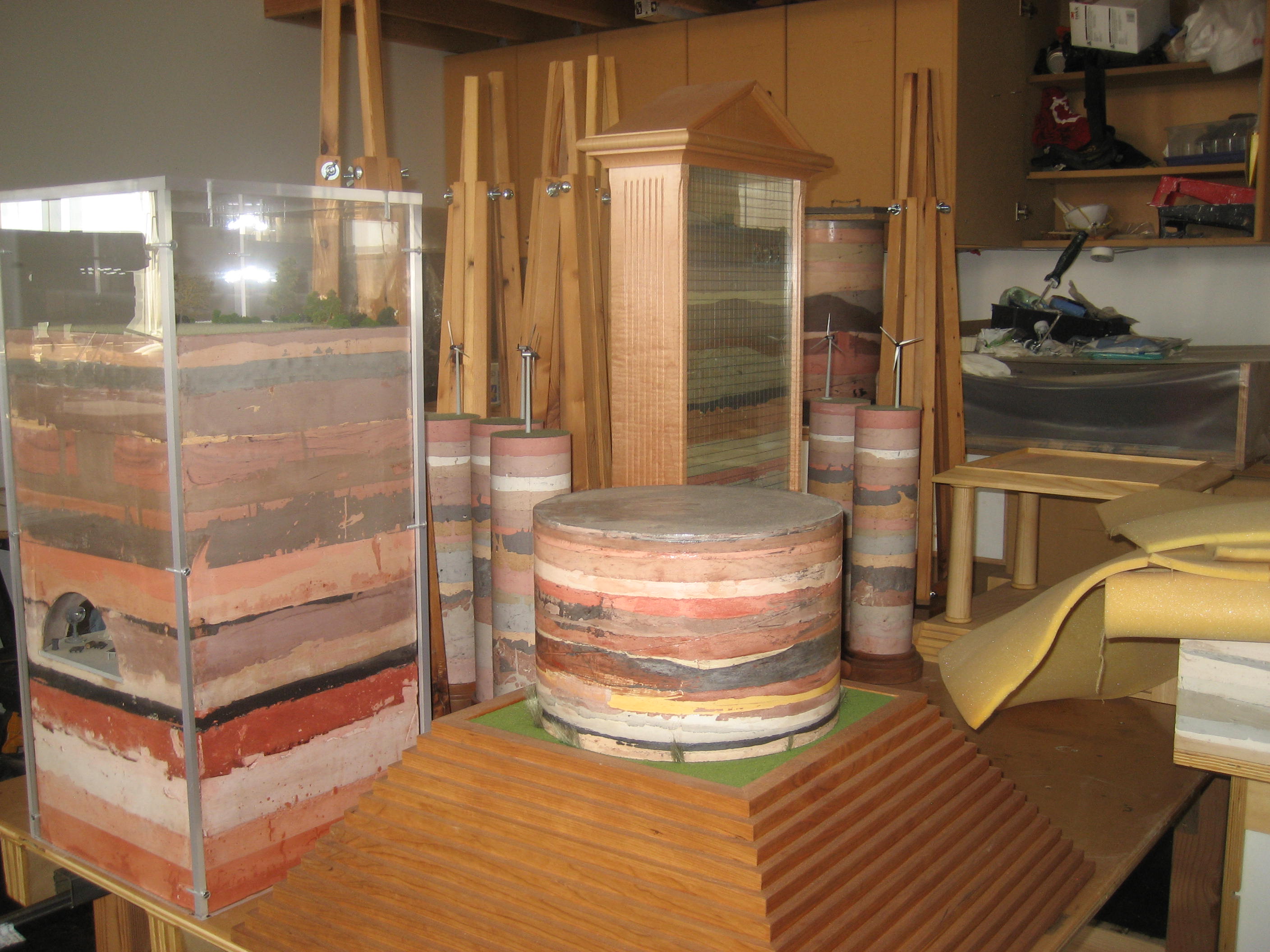screwball spaces
neighborhood: red hook | space type: art studios | active since: 2008 | links: website
When I went to the Jerkhaus, I couldn’t believe that a rough-and-tumble punk house was behind the door of a lovely, clean Sunset Park brownstone. And when I got to the address I’d written down for Screwball Spaces, I really couldn’t believe that there could be studio space for over 150 artists on the bottom floor of a massive storage building. But there is!
There are nearly 100 studios at Screwball, along with a ceramics lab, a spray room, a roof deck, and the Sweet Lorraine Gallery, which features a new solo show each month by one of Screwball’s artists. Screwball has two annual group events: a holiday art fair featuring work by all the artists in the space, where nearly everything is under $500, and an open studios weekend.
Q&A with Josh Marks, Screwball’s founder
brooklyn spaces: How did you pick the artists? Do you have any sort of overarching artistic vision?
Josh: It’s completely open. This is a business, and I need to keep my spaces filled, so as long as they’re artists and they’ve got the money, they can stay. There’s no curatorial process, no slide selection, there’s not even a questionnaire.
brooklyn spaces: How do you decide who to feature in the gallery each month?
Josh: I send out a call once a year, and the first twelve people to apply get shows. It’s their space and they can do what they like in it. We’ve had two people who’ve curated shows, but most people do solo shows.
brooklyn spaces: Have you had a favorite show so far?
Josh: Mine! No, they’ve all been great. Mostly I do it to promote the community; this way everybody gets to see what the other artists are doing.
brooklyn spaces: Is the gallery open to the public?
Josh: It’s by appointment only. Because of the nature of the building, I can’t leave it unlocked, and anyway, we don’t get a great deal of foot traffic way out here.
brooklyn spaces: What made you pick this neighborhood?
Josh: It was the building. I saw the space and pretty much fell in love with it. The ceilings are high enough, but not too high; it’s in the middle of the building, so we don’t have leaking issues, roof issues. I ran a space like this on 9th Street since 2005, and this building is just so much better. It’s a terrific space for what I want to do.
brooklyn spaces: What are your goals for the future of the space?
Josh: I’d like to keep it going, keep it a good place to be, and keep people making art.
brooklyn spaces: Do you have any advice for other people trying to start a similar project?
Josh: Don’t. It’s too fickle. On both sides: dealing with landlords can be a nightmare, and then dealing with artists can be a nightmare. So if you don’t have the ability to do both, at least half this job’s going to drive you nuts.
brooklyn spaces: Does it drive you nuts?
Josh: Sometimes. For example, last month our heat went out. I don’t know if you know this, but if you call National Grid to report a gas leak, they come and shut your gas off. Which actually makes it even harder, because if there’s a leak and you don’t have gas going to it, you can’t use your sense of smell. It took three weeks and five visits by National Grid to get the gas back on. It got to the point where it was like 50º in some of the studios, and paints won’t work at that temperature. And I’m just helpless in that situation. It was awful. I lost two tenants because of it.
 brooklyn spaces: But overall you like doing this?
brooklyn spaces: But overall you like doing this?
Josh: Oh, yeah. My goal was to make a place that I wanted to be in and have a good community around me, and it’s worked out great. The artists are really great people. I like dealing with artists, I understand artists, I am artists. This is a great space, and people enjoy being here, so that’s all I can really ask for. That and enough money that I can do this without having to get another job.
***
Like this? Read about more art studios: Trinity Project, Arch P&D, Invisible Dog, Monster Island














